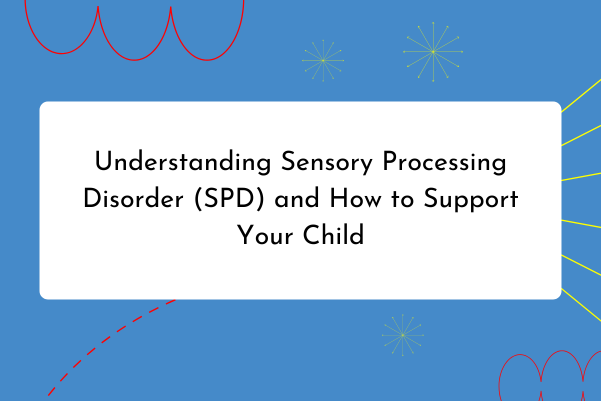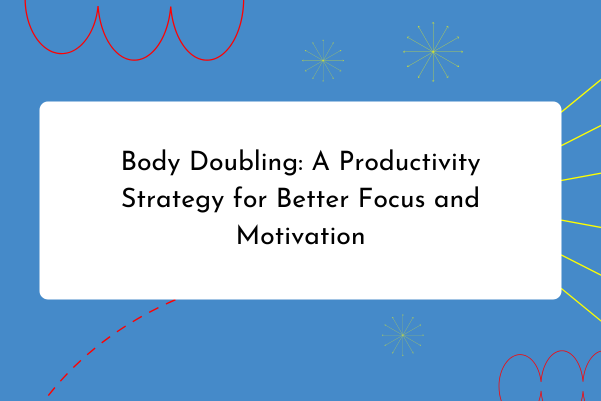Effective Communication and Emotional Awareness with Your Child
Navigating effective communication with children can be a delicate dance. It involves more than just speaking clearly—it’s about creating connections, teaching listening skills, and addressing emotional needs. Here’s a guide to help foster better communication and emotional awareness in your interactions with your child.
Getting Kids to Listen
- Pause Before Speaking Start by ensuring you have your child’s full attention before you speak. This means making eye contact and ensuring they’re not distracted. Effective communication hinges on connection, so a brief pause to engage with your child can set the stage for a successful conversation.
- Reconnect if Needed If your child isn’t listening, avoid the trap of repeating yourself. Instead, re-establish connection by gently drawing their attention back to you. This might involve touching their arm or speaking in a calm, steady voice to regain their focus.
- Keep it Brief When you do speak, use as few words as necessary to convey your message. Children often respond better to clear, concise instructions or explanations. Aim to communicate in a straightforward manner to minimize confusion.
- Allow Transition Time If your child is engaged in an activity, give them a moment to transition. Let them know what’s coming next by providing a time limit and a heads-up. For example, “In five minutes, we’re going to start cleaning up.” This helps them mentally prepare for the change in activity.
Listening Skills for Children to Learn
- Model the Behavior Children learn by observing. Demonstrate good listening habits yourself—make eye contact, nod, and respond thoughtfully when they speak. Your behavior sets the tone for how they should engage in conversations.
- Eye Contact Teach your child the importance of eye contact as a sign of attentiveness. It’s a simple, non-verbal cue that shows they are listening and engaged in the conversation.
- Nod and Agree Encourage your child to acknowledge what’s being said through nodding or verbal agreements like “I understand” or “Okay.” This helps reinforce that they are actively participating in the dialogue.
- Reflect Back To show that you’ve heard them, rephrase their statements or observations. For example, if your child says, “I saw a red car,” you can respond with, “You noticed a red car on the road.” This confirms that their words are being acknowledged.
- Respond Appropriately Address your child’s comments or questions with thoughtful responses. This validates their feelings and encourages open communication.
- Teach Patience It’s important for children to learn that it’s okay to wait their turn. If you need a moment to finish a task, let them know you’ll give them your full attention shortly. This teaches them patience and respect for others’ time.
Handling Rudeness
- Address the Tone If your child speaks harshly, calmly address the tone of their voice. For instance, say, “I want to listen to you, but your tone sounds harsh. Please try speaking more calmly.” This helps them understand the impact of their words.
- Walk Away If the situation escalates, it might be best to step away temporarily. Removing yourself can help de-escalate the conflict and prevent further confrontation.
- Discuss Respect Explain to your child that their words or actions can be hurtful. Suggest taking a break and revisiting the conversation when everyone is calm. Emphasize that respect is a two-way street and should be mutual.
Interrupting Tool
- Non-Verbal Cue Teach your child to use a non-verbal cue, like placing their hand on your arm, when they need to speak. You can then place your hand over theirs to acknowledge their need and let them know you’ll respond as soon as possible.
- Natural Pause Address interruptions during natural breaks in the conversation. This prevents disruption and ensures that your child’s needs are addressed in a timely manner.
- Express Gratitude Thank your child for waiting and ask what they need. If their request can wait, let them know you’ll attend to it after finishing your current task. If it’s urgent, provide a quick answer and assure them that you’ll be available soon for any additional needs.
When and Then
- Use Clear Language When giving instructions, use the “When… Then…” format. For example, “When you put your shoes on, then we can go to the park.” This clear structure helps children understand the sequence of events and reduces opportunities for negotiation.
Emotions – Name It to Tame It!
- Label Emotions Help your child understand their emotions by naming them. For instance, say, “It sounds like you are angry,” or “I can see that you’re upset.” This helps them recognize and name their feelings.
- Help Them Recognize Emotions Naming emotions assists children in identifying and regulating their own feelings. This awareness can lead to better emotional management and resilience.
- Model Emotional Awareness Share your own emotions with your child to help them understand emotional expression. For example, saying, “I’m feeling happy today,” or “I’m a bit stressed,” shows them that everyone experiences and expresses emotions.
In Conclusion
Effective communication and emotional awareness are essential tools for fostering a positive relationship with your child. By employing strategies such as clear, concise communication, teaching listening skills, and addressing emotions constructively, you can build a stronger connection with your child and support their emotional development. Remember, creating a nurturing environment where open dialogue and understanding thrive benefits both you and your child, paving the way for more meaningful interactions and a healthier emotional landscape






